5 incredibly delicious chain restaurants you should never, ever eat at and 1 you should but can't
You know you want to. But sorry, you can't.
Fast food. It's kind of a big deal here in the USA.
A moment of silence, please. Photo by Eric March/Upworthy.
And who could blame us? Fast food is, to use a scientific phrase, tasty as all get out.
But some chains, well. It's painful to admit, but they're bad for us.
Not because they're slowly clogging our arteries — we already knew that. Bad for us in the metaphorical heart, not the literal heart. Cosmically bad for us. Bad for us in that they pretend to be our friends, but in reality, they're talking behind our backs about how we have a weird-shaped face or whatever.
They're doing bad, shady things to the world is the point.
They are delicious. So so so so so so delicious.
But you can't eat there. You just can't.
#6. PAPA JOHN'S
Why it's so delicious:
If there's one belief that my big Italian family managed to drill into my brain when I was a kid, it's that chain pizza tastes about as good as an old rusty piece of sheet metal. Or maybe a used napkin, on a good day. And, like a fool, I never questioned it.
Until I met the "The Meats."
Oh. Hello there. Photo by Eric March/Upworthy.
The Meats is a pizza. From Papa John's. It is a pizza full of meat.
Here are the list of meats on The Meats:
- Sausage
- Pepperoni
- Beef
- Bacon
- Canadian bacon
- Eagle (probably)
- Sacrificial lamb (pretty sure I tasted that)
- Unicorn (definitely)
So yeah. That's it. Naples can pretty much just close up shop. There's just no more need.
Pack it in, boys. We're done here. Photo by Inviaggiocommons/Wikimedia Commons.
Oh, and see that little cup in the corner?
Photo by Eric March/Upworthy.
That's Papa John's special garlic sauce. It's basically garlic, butter, and chemicals that bring your grandmother back to life so that you can tell her you love her one last time, giving you that sense of closure you always needed. That's how good it is.
Papa John's also sells something called a "Cinnapie."
Suggested serving si— oh, never mind. Who am I kidding? Photo by Eric March/Upworthy.
It's a cinnamon bun. The size of a pizza.
Needless to say, I totally didn't eat the whole thing in a single sitting. What are you looking at? Stop looking at me like that.
Why you can never, ever eat there:
Like most of America, I always assumed "Papa John's" was just a generic name ideated up in some corporate copy factory. Possibly tied into a mascot of some kind. A pizza-tossing horse maybe, with a vaguely racist mustache. Needless to say, I was extremely surprised to learn that Papa John is an actual human.
His name is John Schnatter, founder and CEO of Papa John's. And in a move that just screams "humility," he put himself on all the pizza boxes.
Of course this is him. Of course it is. Photo by Eric March/Upworthy.
In August 2012, Papa John got on the phone with a bunch of reporters to talk about the Affordable Care Act, aka Obamacare.
"Oh," you're probably saying to yourself, "I bet he wanted to discuss how awesome it is that, under the law, his kids can stay on his insurance until they're 26. Or how the law is expected to dramatically lower health care spending nationwide. Or maybe just gush about how happy he is for the millions of people who will now suddenly be covered for the first time in their lives. I bet that was what that was about."
Nope. He mostly wanted to explain that Obamacare means you'll be paying more for pizza. And you're gonna like it.
"If Obamacare is in fact not repealed, we will find tactics to shallow out any Obamacare costs and core strategies to pass that cost onto consumers in order to protect our shareholders' best interests," Schnatter vowed.
Specifically, 11-14 cents more. Which means ... sorry University of Minnesota-Twin Cities Cribbage Club, the cost of next Wednesday's pizza-n-chill info sesh just increased by about $1.56. Thanks, Obama!
Oh, and Schnatter also implied that some franchisees would cut worker hours to get out of having to provide them with health care required for employees working over 30 hours a week under the ACA. Of course, he later clarified that he wasn't saying he would cut their hours personally but, you know — it's out of his hands.
Nice prescription plan you got there. Shame if something happened to it. Photo by Ildar Sagdejev/Wikimedia Commons.
Now, you might be thinking, "Well, sure, that's harsh, but look. He's just trying to do the best he can in a shaky economy. If he's asking his employees and customers to take one for the team, I'm sure he's making an even bigger sacrifice somehow. Because Papa John is a leader. And that's what leaders do." And naively, I assumed that too.
Until I found out about his house.
"Schnatter lives in a 40,000-square-foot castle on 16 acres in Kentucky; the property includes a 22-car underground garage ('complete with an office for valet parking, a car wash, and even a motorized turntable to move limousines') and a 6,000-square-foot detached carriage house."
That's right. Papa John is Batman.
Now, numbers are just numbers. It's hard to get an idea of what 40,000 square feet looks like without actually seeing it in real life.
Thankfully, I used to live about 20 minutes away from Papa John, so I drove to his house and took a picture.
Like most rich people's homes, it is blocked by a sh*t ton of bushes. Photo by Eric March/Upworthy.
Just trust me. It's a freaking enormous house. You can Google it.
I certainly don't begrudge the guy having a garish, cream-colored mansion the size of a small moon. Hell, I have one too in my dreams. But dude. You're gonna live in that thing and then threaten to nickel-and-dime your customers and employees on pepperoni prices and healthcare? Bad optics. Bad, bad optics.
It's like that old sailor saying, "A captain always watches the ship go down with all his crew screaming inside of it as he soars away in his private helicopter."
Don't eat at Papa John's. I know you want to. I want to. But don't. Just don't.
#5. SONIC
Yes, please. Let's go to Sonic right now.
BEHOLD! The mighty bacon cheeseburger toaster! Gaze ye upon it in all its glory! A third-pound patty of heavenly manna slathered in barbecue sauce on two slices of Texas toast.
Photo by Eric March/Upworthy.
And what's this in my cup holder? Is this the fabled CHERRY LIMEADE OF LEGEND? Miraculous lime wedges and a maraschino cherry sinking beneath the roughly crushed ice pellets into a sea of pink sugary mirth? Verily, do not look directly at it, or it will surely blind you.
Photo by Eric March/Upworthy.
Oh, hey — look! Some onion rings. Cool.
Photo by Eric March/Upworthy.
Sorry, bub. No more Sonic. Not ever.
Fast food is delicious. We've already established that. But the typical fast food experience? Usually leaves something to be desired. Take a burger, wrap it in some paper, and slap it on a tray. Maybe you squirt some ketchup into a thing, and that's the highlight.
But not at Sonic. Sonic has a concept.
You see, Sonic is a drive-in. And you get car-side service. From carhops. Just like in the '50s.
All of these children are currently collecting Social Security. Photo by ftzdomino/Flickr.
Indeed, very little has changed at Sonic in the past 60-odd years.
Including salaries for Sonic carhops.
As of May 2014, the median hourly wage for fast food workers in America was $9.19/hour. Which is objectively terrifying. But compared to comparable employees at Sonic, other fast food workers are straight up building motorized limousine turns in their 40,000-square-foot castles.
As of June 2015, Sonic carhops made roughly $6.70/hour on average, according to Glassdoor. Even as a survey estimate, that's far less than the (already meager) federal minimum wage and state minimum wages in all but eight states.
How is that even legal? According to multiple former carhops, and at least one official complaint, because Sonic crew members bring the food to you (often on roller skates), they are classified as tipped employees at some stores and therefore exempt from minimum wage requirements.
Which begs the question. Do people tip Sonic carhops?
Maybe. Maybe not. At the very least, it is the subject of great confusion on the Internet.
Sonic certainly doesn't make it easy either. Here's what happened when I tried to pay at Sonic's automated credit card reader back in March...
No receipt. No place to tip.
At this point, you're like, "Ooh, burger!" and proceed to forget about your fiduciary responsibility to your fellow humans. But even if you do remember when the carhop eventually brings out your receipt, there's no tip line.
Both times I went, only the customer copy came out. Photo by Eric March/Upworthy.
So you have to tip in cash. Which you might or might not have. At least that's what happened to me when I went (for ... uh, research).
No matter how you look at it, it's really difficult to tip at Sonic. So lots of people just don't do it.
To confirm this suspicion, I creeped on the guy next to me.
Not him. But this is a public domain image of the truck he was driving. Photo by IFCAR/Wikimedia Commons.
And sure enough, no tip. Nada.
Stop going to Sonic, everyone. Stop it right now. Don't even think about it.
I know you're thinking about it. Stop.
#4. WENDY'S
Wendy's is amazing.
Wendy's is all like: We're the Target to McDonald's Walmart. Sure, we look similar, but our food just seems ... better, doesn't it? Healthier and more ethical, somehow. You can totally trust us. We'll even sell you a baked potato if you want!
But instead, you get this. And no jury in the world would convict you. Photo by Eric March/Upworthy.
Wendy's is an infernal den of smoke and mirrors.
Wendy's: We actually pay even less than McDonald's does.
Average crew member salaries. McDonald's photo by Cruiser/Wikimedia Commons [altered]. Wendy's photo by Mike Mozart/Flickr.
Ha! Gotcha hook, line, and sinker, you fast food hippie!
#3. CRACKER BARREL
You guys. Cracker Barrel. Cracker Barrel, you guys.
Quick, here's a pop quiz. How much food can you get for $8.99?
Six! Six dishes! Ah ah ah! Photo by Eric March/Upworthy.
If you responded "all of it," congratulations, you have won. If you are among the folks historically lucky enough to be at Cracker Barrel right now, you can avail yourself of meatloaf (solid), chicken and dumplings (delicious), fried okra (heavenly), and a big piece of ham ('nuff said). Also baked beans, turnip greens, and two corn muffins. All for less than nine dollars.
"But Eric," you might whine, "All that food is so ... beige."
Yeah. Beige like a fox.
Not beige. Photo by digitalprimate/Flickr.
Listen. There is nothing that looks less appetizing than classic American comfort fare. It's mushy, brown, and smells kind of like baby food. But it is freaking delicious. If you want texture and vibrant colors in your food, go eat pad Thai.*
*Seriously, go eat pad Thai. Pad Thai is delicious. You should always be eating pad Thai.
Also, have I mentioned this?
There's your color, you jerks. Photo by Eric March/Upworthy.
That's raspberry sweet tea. If you could take the feeling you get when your aunt Helen presents you with a hand-knit sweater on Christmas morning and liquefy it, that's what you'd get. Free refills too! You could, and should, have eight of those.
Seriously? Don't go to Cracker Barrel. What were you thinking?!
I'll tell you why in a minute. But first we have to talk about segregation.
Photo by Jack Delano/Wikimedia Commons.
Segregation. One of the darkest chapters in American history. Under the pretense of separate-but-equal, white leaders in the South excluded black Americans from nearly all aspects of public life. But after decades of heartache, violence, and struggle, thanks to the historic efforts of Martin Luther King Jr. and other civil rights leaders, segregation was finally legally abolished in 1965.
Except at Cracker Barrel, which waited until 2004, when the U.S. Justice Department told them, "No, really. Now stop."
"At least 42 plaintiffs, including the National Association for the Advancement of Colored People, accused the Lebanon, Tenn.-based company of discrimination in federal lawsuits filed in Georgia. Black customers in 16 states also said they were subjected to racial slurs and served food taken from the trash, while Cracker Barrel management ignored or condoned such actions.
The announcement comes four months after the company settled a Justice Department lawsuit accusing Cracker Barrel of similar discrimination claims at dozens of restaurants, mainly in the South. That settlement found that black customers at many of the country store-themed restaurants were seated in areas segregated from white patrons, frequently received inferior service and often were made to wait longer for tables. Blacks who complained about poor service also were treated less favorably than whites, the settlement said."
"OK," you're probably saying. "Fair enough. But that was over a decade ago." (Side note: 2004 was over a decade ago. You are so old.) And you'd be right! Cracker Barrel hasn't been accused of serving black people food from the garbage or segregating its dining rooms since Usher's "Confessions Part II" was on the radio. A lifetime ago (if you're a medium-sized dog)!
But while Cracker Barrel has undeniably gotten better, let's just say the road to full enlightenment has ... taken a weird detour in the past few years.
You see, Cracker Barrel isn't just a restaurant. It's also a store. A country store. The kind ma and pa used to run out back behind Old Murdoch's soda fountain, as imagined by the VP of branding of a multimillion-dollar biscuit corporation.
You might also be familiar with a little show on the A&E Network called, "Duck Dynasty," about a talking beard and his family...
Photo by Gage Skidmore/Wikimedia Commons.
...who murder your favorite Sesame Street character over and over again.
Please don't kill me. I love you. Photo by Tom Morris/Wikimedia Commons.
It turns out the talking beard has opinions on more than just eliminating Donald, Scrooge, Daffy, Darkwing, and all the McDuck triplets from God's green earth, which he expressed in a 2013 interview with GQ:
“I never, with my eyes, saw the mistreatment of any black person. Not once. Where we lived was all farmers. The blacks worked for the farmers. I hoed cotton with them. I'm with the blacks because we're white trash. We're going across the field. ... They're singing and happy. I never heard one of them, one black person, say, 'I tell you what: These doggone white people'—not a word! ... Pre-entitlement, pre-welfare, you say: Were they happy? They were godly; they were happy; no one was singing the blues."
This, understandably, ruffled a few feathers (presumably, Robertson later shot the duck said feathers were on).
But times change. This isn't the '60s anymore (or, in Cracker Barrel's case, the early '00s). And mercifully, Cracker Barrel did the absolute minimum amount of the right thing they could possibly do and pulled some (not even all!) Duck Dynasty merchandise from their stores.
Until, like, a day later when they put it all back.
Corinne Lestch, The Daily News:
"Company brass did an about-face on Sunday — re-shelving the goods and apologizing for 'offending' any customers...
'You flat out told us we were wrong. We listened. Today, we are putting all our Duck Dynasty products back in our stores. And, we apologize for offending you,' officials wrote in a statement posted on its Facebook page."
Backbone, ladies and gentlemen. Curvy, weird duck backbone.
Since that was two years ago, I went back the other day to see if maybe Cracker Barrel had quietly phased out the Robertson's T-shirts and hoodies when no one was paying attention. But sure enough...
One day, I'll make Duck Admiral. One day. Photo by Eric March/Upworthy.
Boom. Still there.
For maximum effect, they are shelved right next to the military swag.
Photo by Eric March/Upworthy.
Because putting your life on the line to defend the United States of America from enemies at home and abroad is about as noble as mowing down a bunch of waterfowl with a high-powered semi-automatic.
Minus 7 bazillion for that, Cracker Barrel. But hey! Plus one for stocking Goldenberg's Peanut Chews.
The bomb. Dot edu. Photo by Eric March/Upworthy.
Those things are my jam.
If you go to Cracker Barrel, we are so not talking. Yep. You heard me. The camping trip to Red River Gorge is going to be awkward.
#2. CHICK-FIL-A
The Chick-fil-A original chicken sandwich is the pinnacle of human achievement.
The pyramids. The Magna Carta. The Apollo missions. PlayStation 4. This season of "The Bachelorette."
Combine them all. Multiply by 10. Sprinkle with holy water and shoot them out of a cannon into the sun. What you get is not even worth half the pickle chip on a Chick-fil-A chicken sandwich.
Your move, Ancient Egyptians. Photo by Jay Reed/Flickr.
Between those two unassuming buns is an explosion of salt, fat, umami (whatever the hell that is), and the overwhelming feeling that justice has been done somewhere in the world. If they could speak, any chicken would surely tell you that being hacked up into tiny bits, deep fried, and stuffed in this sandwich is like getting into Chicken Princeton.
In fact, the first bite of any Chick-fil-A chicken sandwich is such a sacred experience that they close all the restaurants on Sundays.
And I haven't even mentioned the waffle fries.
You know what? Best not. Best not even mention the waffle fries. Photo by Jay Reed/Flickr.
OMIGOD, you guys, you can absolutely never, ever, ever eat at Chick-fil-A.
Look. I'm not naive. I know that, deep down, most of my favorite brands are probably giving lots of money to nightmarishly evil causes on the sly.
My favorite brands. Also, I have favorite brands? Gross. Image by J.J./Wikimedia Commons.
I have to believe Apple just put a down payment on a giant coal plant somewhere in China. I'm sure Doritos wants to repeal the estate tax. And dollars to doughnuts Krispy Kreme is investing in Sudanese cobalt mines. But at least I can take comfort in the fact that it's not personal. It's just what's best for business.
Business. Photo by thetaxhaven/Flickr.
Chick-fil-A is one of those brands. But what sets Chick-fil-A apart is that their donations have nothing at all to do with putting more money in the hands of their obscenely wealthy top brass and everything to do with making sure Dan at the register and Leon at the drive-thru window can't file their taxes together even though they love each other deeply.
"As Chick-fil-A's corporate foundation came under heavy criticism last year for its long record of anti-LGBT behavior, the company attempted to distance itself from its political record, claiming it intended 'to leave the policy debate over same-sex marriage to the government and political arena.'
But despite suggestions by some that the company's WinShape Foundation had already scaled back its anti-LGBT giving before that point, its newly released annual IRS filings for 2011 indicate nothing of the sort...
In 2011, the group actually gave even more to anti-LGBT causes. Its contribution to the Marriage & Family Foundation jumped to $2,896,438 and it gave the same amount to the Fellowship of Christian Athletes and National Christian Foundation as it had in 2010. In total, the anti-LGBT spending exceeded $3.6 million — almost double the $1.9 million from the year before."
Look, I give Chick-fil-A a lot of latitude. After all, they make an absolutely bomb chicken sandwich.
Still, I'm really not sure I want them to weigh in on whether Leon gets to visit Dan in the hospital when Dan is 97 and has terminal shingles.
Now, unlike most of the other examples on this list, Chick-fil-A got big press play. There were boycotts, counter-boycotts, and counter-counter-boycotts. Which prompted CEO Dan Cathy to reach way down deep and do some soul searching.
The conclusion he came to?
"You know what, I just realized we're a chicken company. Probably best not to get involved after all."
"Cathy agreed that the 'lingering identity' of Chick-fil-A with 'anti-gay groups' that jumped to its defense in 2012 has meant 'alienating market segments.'
'Consumers want to do business with brands that they can interface with, that they can relate with,' Cathy said. 'And it's probably very wise from our standpoint to make sure that we present our brand in a compelling way that the consumer can relate to.'"
And Chick-fil-A made good on its word — sort of.
According to their tax documents from 2012, Chick-fil-A only donated to one anti-LGBT group that year. That's down from — and I'm using a technical term here — a buttload in 2010-2011.
But that's still one more donation to an anti-gay group than a reasonable chicken sandwich company should be proffering.
So keep up the fire. Do not eat at Chick-fil-A.
Believe me, I know it hurts. But stay strong.
#1. IN-N-OUT BURGER
It gives me no pleasure to break this to you, but you probably can't eat at In-N-Out Burger.
Photo by Zink Dawg/Wikimedia Commons.
"Wait, nooooooo! I love In-N-Out," you might be thinking. "I thought they were actually pretty good corporate citizens."
"I'm going to punch you in the face if you tell me I can't eat at In-N-Out," you might also be thinking.
And I don't blame you. Because In-N-Out is so freaking good. But please. Just go with me here. I promise I'll explain everything. You've made it 4,000 words. Bear with me for a few more. It's all I ask.
In-N-Out Burger: cheesy meat patty of the gods.
This is what a triple-triple from In-N-Out looks like.
Stop it. Photo by Christian Razukas/Flickr.
This is it. The most delicious burger on the planet. You can keep your Shake Shacks, your Five Guys, and your Smashburgi. This is truly, madly, deeply the one.
If you actually took one of those burgers and put it under a microscope, this is what you would see.
If you zoomed even further in, you would learn the exact moment you were going to die. To this day, no one has done it. Painting by Johann Liss/Wikimedia Commons.
And the best part? The burgers are super cheap.
There aren't enough superlatives in the world to do the place justice. There is no greater pleasure in this world than the taste of an In-N-Out cheeseburger. That's a fact.
And I've been to a Bon Jovi concert.
So what's the problem? Why can't I eat at In-N-Out??!?!
You can't eat at In-N-Out Burger because you are probably among the approximately 76% of Americans who don't live in California, Arizona, Nevada, Utah, or Texas.
And coming soon, Oregon! Photo by Dave Sizer/Flickr.
As your West Coast friends probably never fail to remind you every single day of your life, In-N-Out burger is their secret special thing.
Dear God. Please. Shut. Up. Image via Thinkstock.
And as much as I hate to admit it, they're basically right. As of June 2015, In-N-Out burger is only available in five states. And, statistically speaking, you probably don't live in one of them.
It's a massive shame for the rest of us. Because compared to most of its chain brethren, In-N-Out is basically a choirboy, straight-A-student role model.
Sure, In-N-Out is a multimillion-dollar meat factory like the rest of 'em. But, relatively speaking, In-N-Out has a lot going for it. A lot going for it.
It is one of very, very, very few high-profile companies in America owned by a woman.
It's food is also reasonably locally sourced and fresh, even earning praise from "Fast Food Nation" author Eric Schlosser.
And, perhaps, most importantly:
The average In-N-Out crew associate makes $11.61/hour (as of June 2015, according to Glassdoor). Not super great in the grand scheme of things but a fortune by fast food standards.
In-N-Out proves that it is possible to operate a profitable, reliably delicious fast food chain in 2015 and not be a complete ethical idiot.
Plus, let's not forget...
#Neverforget. Photo by Christian Razukas/Flickr.
Here's my advice. Move to California, Nevada, Arizona, Utah, or Texas right now. Or Oregon, to jump the trend. And go get yourself an In-N-Out Burger.
You will thank me tomorrow.
And every day. For the rest of your life.
- Women business leaders aren't taken seriously, study finds - Upworthy ›
- Racist women told Burger King manager to 'go back to Mexico.' He gave them a lesson in civics instead. - Upworthy ›
- Restaurant has perfect response to homophobic reviewer - Upworthy ›
- One viral thread perfectly shares the painful reality of why poorer families buy junk food. - Upworthy ›
- Tennessee Cracker Barrel refuses service to pastor-cop who preaches that LGBTQ people should be executed. - Upworthy ›


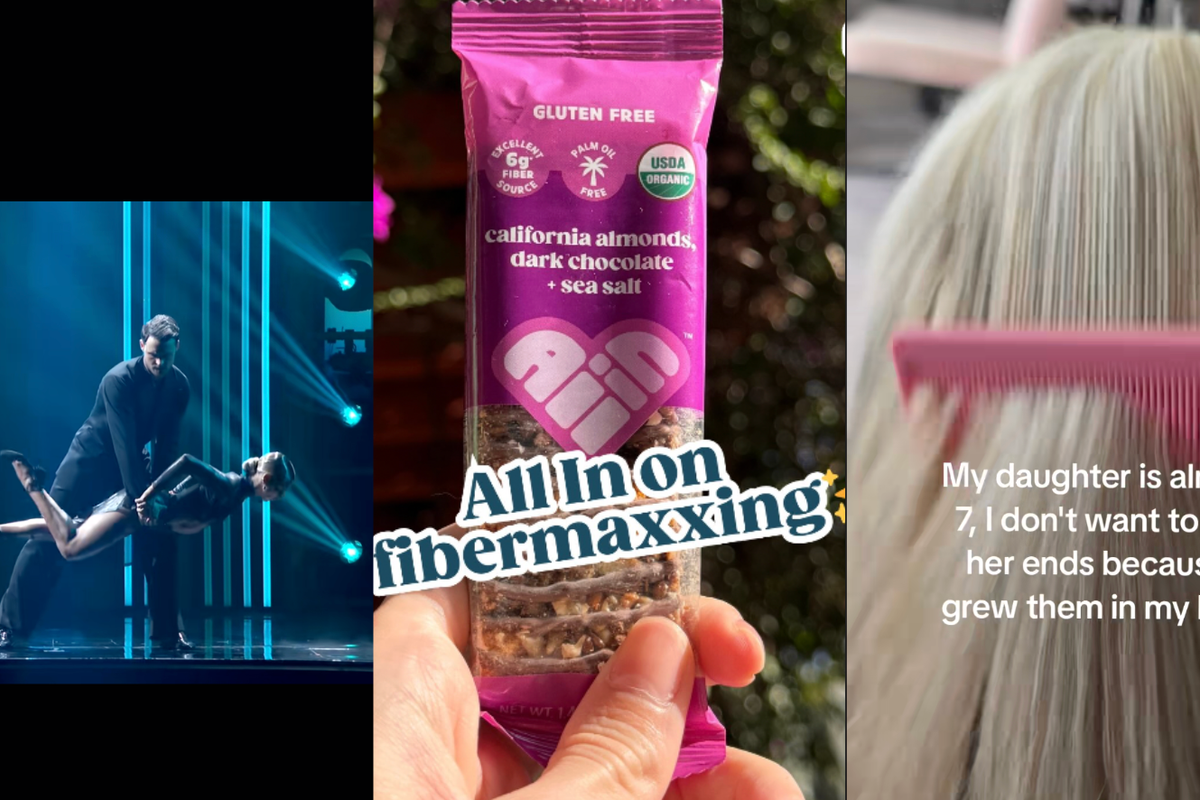

 Beaver on riverbank.
Beaver on riverbank.  Pbs Nature Swimming GIF by Nature on PBS
Pbs Nature Swimming GIF by Nature on PBS  An actual beaver dam on the now-thriving Price River
An actual beaver dam on the now-thriving Price River 
 Who doesn't love Pluto?
Who doesn't love Pluto?  Pluto agrees.
Pluto agrees. 
 a piece of paper with a heart drawn on it Photo by
a piece of paper with a heart drawn on it Photo by 
 "Bought an espresso machine, took some time to learn how to dial it in and pull a proper shot."
"Bought an espresso machine, took some time to learn how to dial it in and pull a proper shot." "Frozen meals are just as unhealthy, but much cheaper."
"Frozen meals are just as unhealthy, but much cheaper." "I’ve embraced the gray!"
"I’ve embraced the gray!"  "Bidet toilet seat is cheap, easy to install, much easier and faster to use."
"Bidet toilet seat is cheap, easy to install, much easier and faster to use."
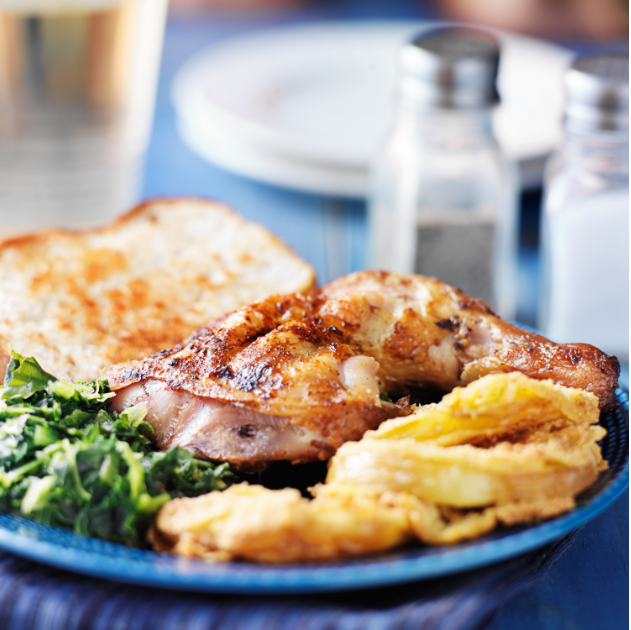 American portion sizes are colossal.Canva Photos
American portion sizes are colossal.Canva Photos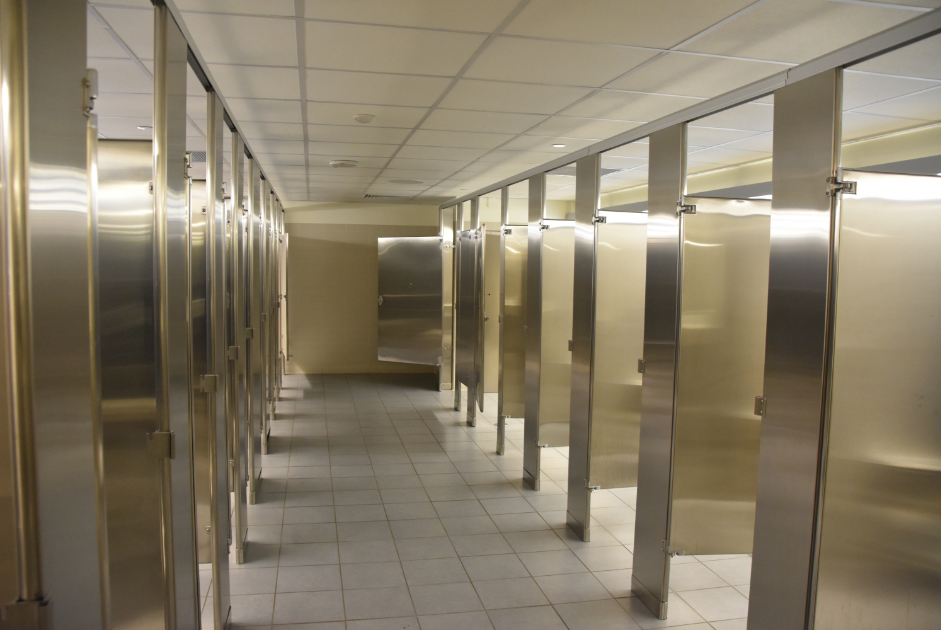 American public restrooms aren't very private.Canva Photos
American public restrooms aren't very private.Canva Photos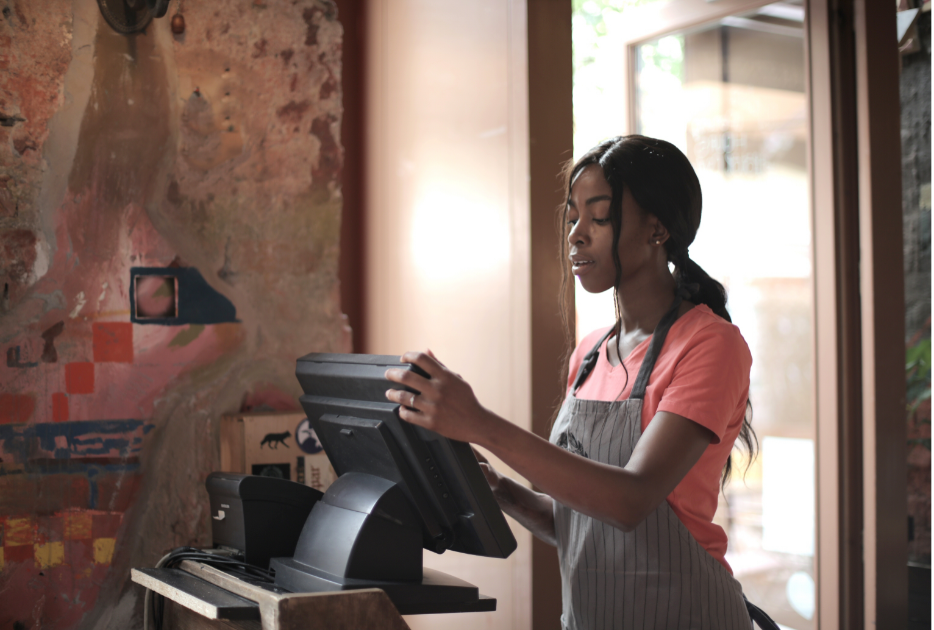 Cashiers in America stand all shift long.Canva Photos
Cashiers in America stand all shift long.Canva Photos America loves the Pledge of Allegiance.Canva Photos.
America loves the Pledge of Allegiance.Canva Photos.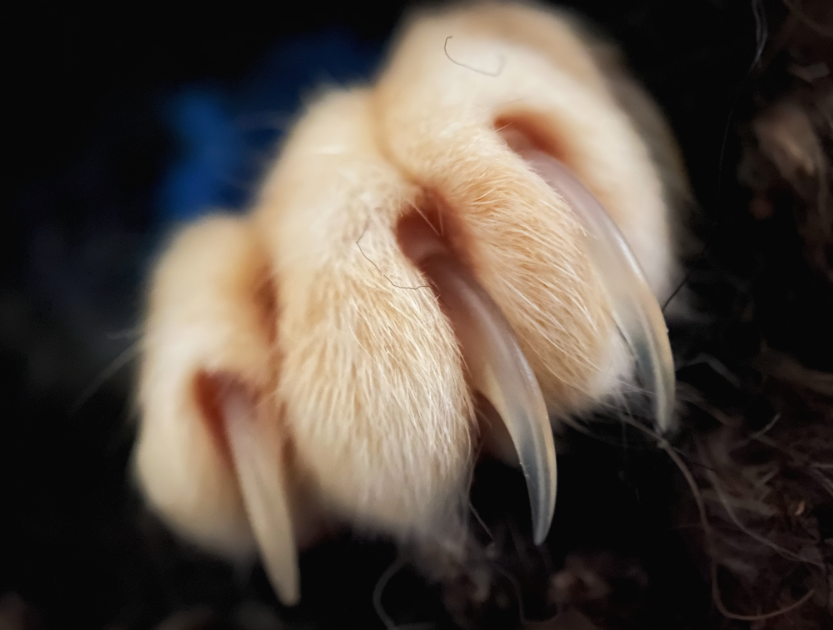 Cosmetic surgeries on pets are...a choice.Canva Photos.
Cosmetic surgeries on pets are...a choice.Canva Photos. America loves extra sugar in savory foods.Canva Photos.
America loves extra sugar in savory foods.Canva Photos.